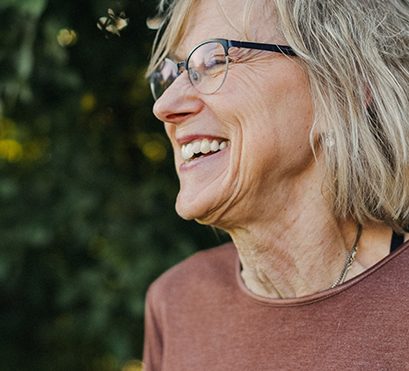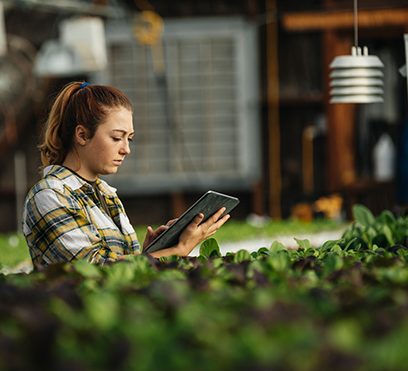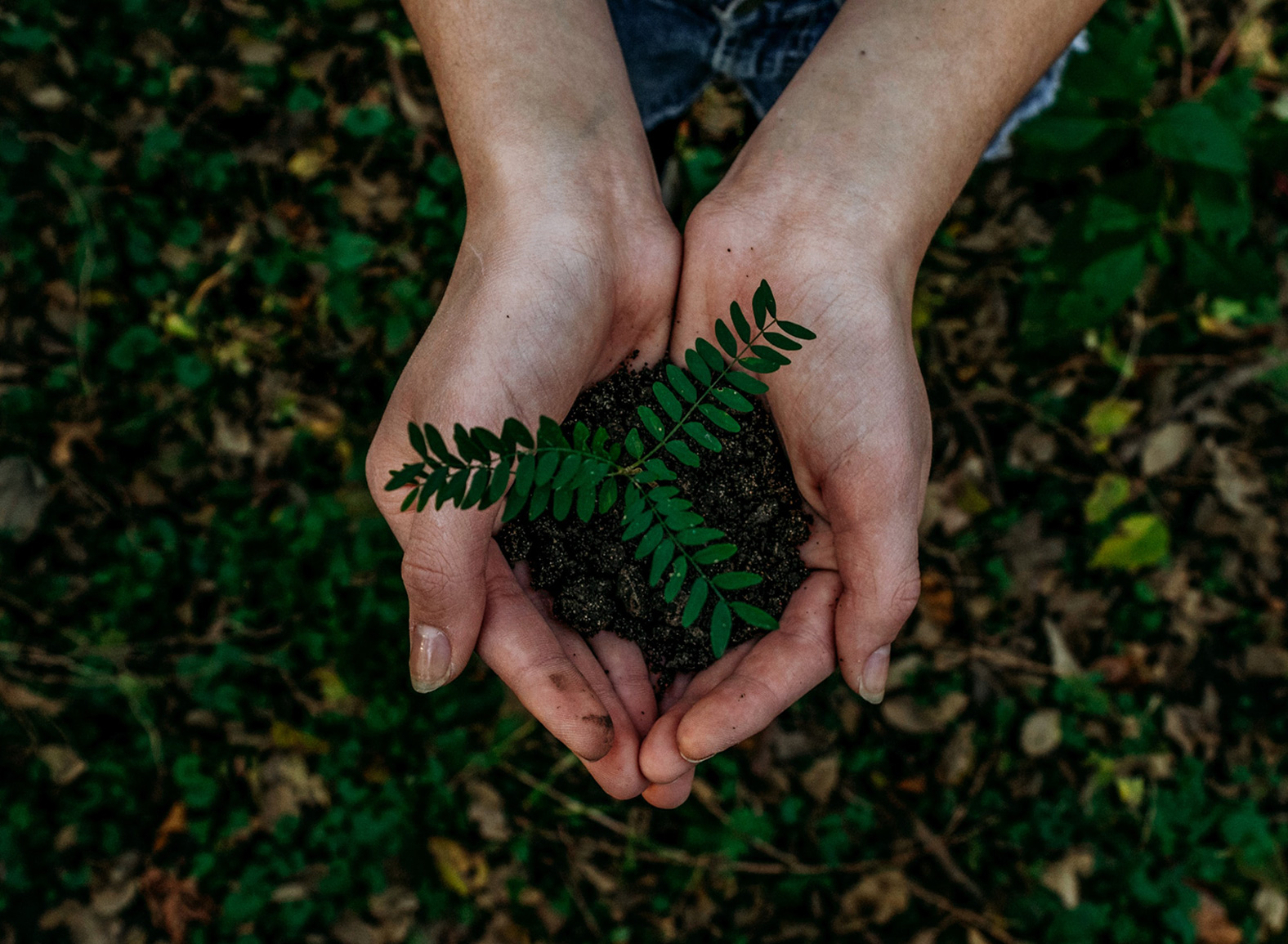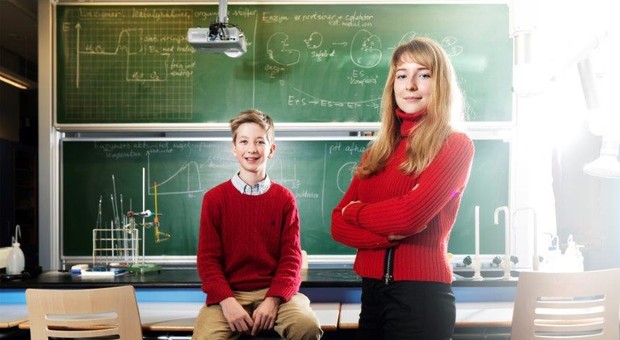The Young Scientists natural science talent competition proves that innovative research extends beyond the professors at Denmark’s universities. In recent years, thousands of students attending Denmark’s primary and lower-secondary schools and upper-secondary schools have competed on inventiveness and good ideas.
Johan Reeh was a primary and lower-secondary student in 5th grade when he took part in his first Young Scientists competition in 2013 with a project on insulation. He had built a cardboard oven measuring 12 by 12 by 12 cm and used a heating coil with current flowing through it to measure the insulating properties of various materials.
– I used seaweed, newspaper, cotton wool and polystyrene foam as insulation. I put a 2-cm layer around the oven and measured how well the material kept the oven warm while it heated up and cooled down. Polystyrene foam was best in the heating phase and newspaper best in the cooling phase, explains Johan Reeh, who won third place for his project.
– I wanted to find an eco-friendly insulating material, especially for buildings. Something that is not toxic, such as asbestos, which was used in the 1970s. I got the idea about seaweed from the island of Læso, which has seaweed roofs, and I wanted to measure its insulating properties. Seaweed came in third in the heating phase and was in a tie for second place in the cooling phase, says Johan Reeh, who is now 13 years old and in 7th grade at Ingrid Jespersens Gymnasieskole in Copenhagen. He also took part in the Young Scientists competition in 2014.
DEVELOPING TALENTS
The Young Scientists competition seeks to discover, stimulate and develop talent and increase the interest of children and adolescents in Denmark in the natural sciences, technology and innovation. The competition has especially grown in recent years, with 1200 projects registered in 2014. The Novo Nordisk Foundation has awarded DKK 15 million to the Young Scientists competition since 2011.
Participating in the Young Scientists competition contributed to the decision 20-year-old Emila Wodzka made about her future education. She participated in the Young Scientists competition in 2013 with a project on using lithium-air batteries in electric cars. These batteries have great capacity but react with carbon dioxide, reducing their output.
– The project focused on measuring the effect of carbon dioxide and on installing a purification system to examine whether investing time and money in developing batteries would make sense, she explains.
– I actually developed the project for fun. I never considered that I might enter the academic world and continue working with the project, but after competing in Young Scientists, I decided to study at the Technical University of Denmark (DTU). Following the competition, I realized that I would like to go into research, says Emilia Wodzka, who took the first prize in the technology category and therefore competed in two international research talent competitions.
– It was great meeting so many people with interests similar to mine and great to test whether I would be qualified. The process has developed me considerably, says Emilia Wodzka, who is studying software technology at DTU.
The Young Scientists competition also brought extra focus on natural sciences for Johan Reeh. He is planning to choose a line of study in the natural sciences when he attends upper-secondary school. But why is being involved in research so exciting? Johan Reeh is clear:
– Because the world needs it. At some point, humans will not be able to live if it gets too hot. The polar ice will melt and the sea level will rise. We need to find another way that will reduce the burden on the environment, he says.








